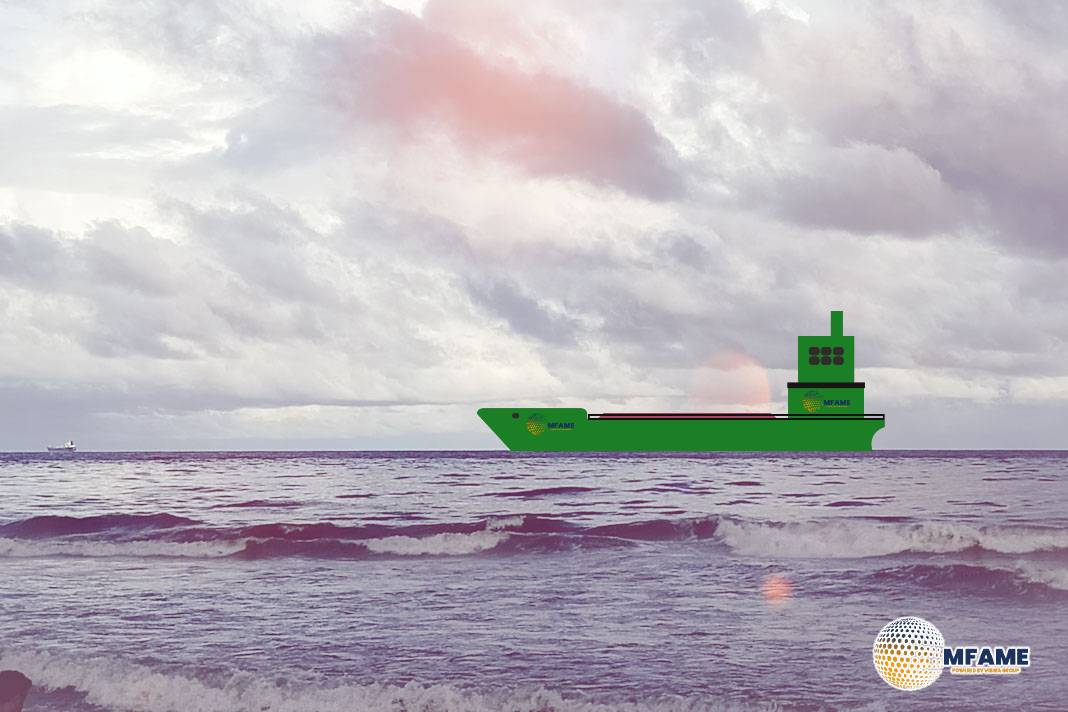- AEDs can drastically improve survival rates for Sudden Cardiac Arrest (SCA) onboard.
- Proper training, maintenance, and shore-based medical support enhance AED effectiveness.
- Though not mandatory for all, AEDs significantly boost crew safety and emergency preparedness.
Sudden cardiac arrest (SCA) can strike without warning, leaving little time for intervention. Automated External Defibrillators (AEDs) have proven to be a game-changer in increasing survival rates, making them a valuable addition to onboard medical preparedness. While their adoption varies across flag states, many shipowners are now considering AEDs as a proactive safety measure, reports Britannia Pandi.
Why AEDs Matter in Sudden Cardiac Arrest
SCA is a life-threatening emergency requiring immediate response. AEDs can restore normal heart rhythm when used within the critical 3-5 minute window, with studies indicating survival rates of up to 50%.
Their user-friendly design allows non-medical personnel to operate them effectively, using voice prompts and visual cues to guide the process. Without an AED, survival rates are virtually zero in such emergencies.
Training, Maintenance, and Support Are Crucial
While AEDs are designed for simplicity, crew training and regular drills are essential for confident and efficient use. Maintenance is another key factor—battery checks, electrode pad replacements, and routine inspections ensure that the device is always in working condition.
Additionally, shore-based medical support systems provide real-time guidance, improving post-event care and response efficiency.
Regulatory Perspective and Industry Adoption
“Unless mandated by the flag administration… carrying AEDs on board merchant ships remains optional for most flag states.”
However, some nations, such as Germany, have required AEDs on ships since 2012. For shipowners, the decision to equip vessels with AEDs depends on a risk assessment of medical emergencies onboard.
Experts suggest that even without regulatory requirements, AEDs provide an extra layer of safety for crew members.
A Proactive Step Toward Better Emergency Preparedness
The implementation of AEDs onboard is more than just a compliance consideration—it’s a commitment to crew welfare.
“Their user-friendly design, when paired with proper training, maintenance, and medical support, can make a critical, life-saving difference during cardiac emergencies.”
Shipowners are encouraged to assess the potential benefits of AEDs and ensure their teams are trained and prepared for such scenarios.
Did you subscribe to our daily Newsletter?
It’s Free Click here to Subscribe!
Source: Britannia Pandi
















